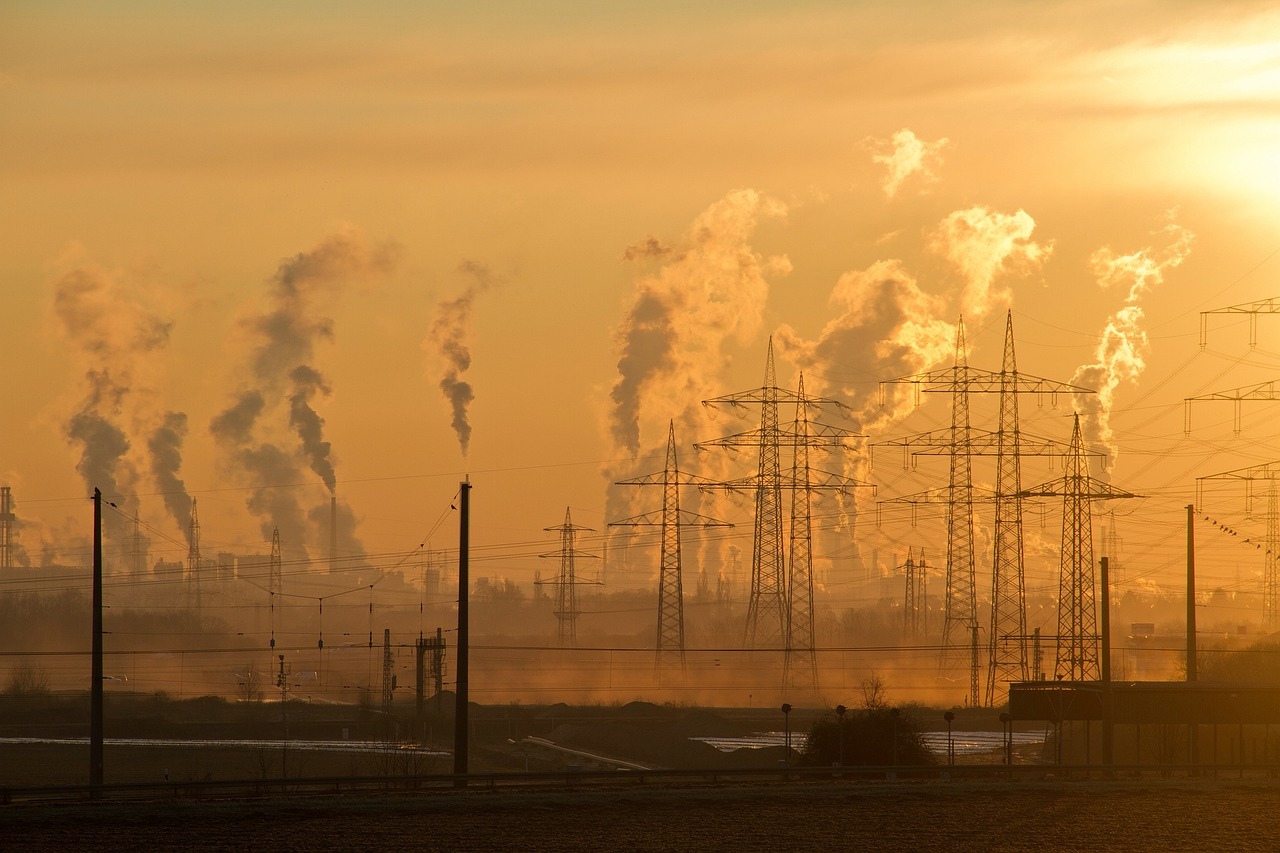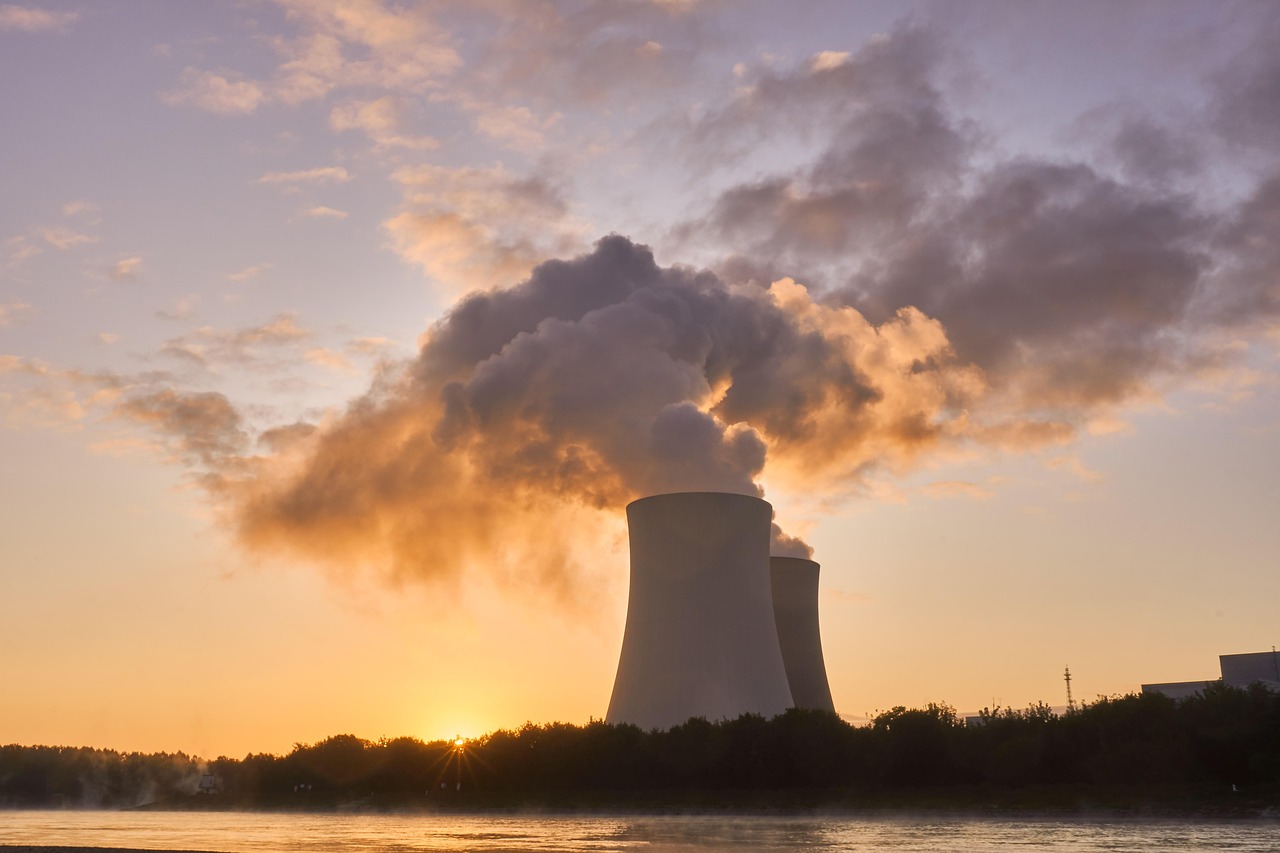Ammonium Sulphate and Secondary Pollutants Behind a Third of PM2.5 Pollution in India
India’s persistent battle with air pollution has taken a concerning turn as recent studies reveal that nearly one-third of PM2.5 pollution originates from secondary pollutants, particularly ammonium sulphate. These findings bring renewed focus on the importance of monitoring not just direct emissions but also the complex chemical reactions that generate dangerous particulate matter.
Understanding PM2.5 and Its Sources
PM2.5 refers to particulate matter with a diameter of 2.5 micrometers or less. These fine particles are small enough to penetrate deep into the lungs and even enter the bloodstream, posing severe health risks. Traditionally, primary PM2.5 sources included vehicular emissions, industrial discharges, biomass burning, and fossil fuel combustion. However, a growing proportion of these particles now form secondarily through atmospheric reactions.
What Are Secondary Pollutants?
Secondary pollutants are not directly emitted but form in the atmosphere when primary pollutants like SO2 (sulfur dioxide), NOx (nitrogen oxides), and NH3 (ammonia) react with sunlight and other compounds. A significant example is ammonium sulphate, which forms when ammonia interacts with sulfur dioxide under specific atmospheric conditions.
Key Findings from CEEW and NCAER Report
A collaborative study conducted by the Council on Energy, Environment and Water (CEEW) and National Council of Applied Economic Research (NCAER) has provided critical insights into PM2.5 formation:
- Secondary pollutants make up nearly 30% of PM2.5 levels in major Indian cities like Delhi.
- Ammonium sulphate is the most abundant secondary component, followed by ammonium nitrate and secondary organic aerosols.
- These pollutants form when sulfur dioxide (from coal combustion) and ammonia (from agricultural fertilizers) interact in the air.
- The worst air quality is observed during winter months when atmospheric conditions like low wind speeds and temperature inversions trap pollutants close to the ground.
Regional and Seasonal Variation
Air pollution levels vary by geography and season. In northern India, especially the Indo-Gangetic plain, emissions from thermal power plants and agricultural activities dominate. During winters, particulate levels are exacerbated due to adverse weather conditions. For example, coal-fired power plants emit large quantities of sulfur dioxide, which, when mixed with ammonia from farming, forms fine sulfate aerosols.
Sources of Sulfur Dioxide and Ammonia
Major contributors of SO2 include:
- Coal-based power plants
- Oil refineries
- Heavy industries
Key sources of ammonia emissions are:
- Fertilizer use in agriculture
- Livestock waste
- Open biomass burning
Combined, these emissions interact to form particulate matter that is harder to control and monitor compared to direct emissions.
Why Are Secondary Pollutants Hard to Control?
Unlike direct emissions, secondary pollutants are invisible at the point of origin. Their formation depends on weather patterns, chemical composition, and time in the atmosphere. This makes regulatory control more challenging. Conventional air pollution strategies must evolve to address these indirect yet potent contributors to urban smog.
Policy Recommendations and Next Steps
Experts suggest that India’s air quality management must now focus on the following:
- Integrated Emission Inventories: Develop robust databases combining data on primary and secondary sources.
- SO2 and NH3 Monitoring: Install real-time monitoring stations to track precursor gases accurately.
- Agricultural Reforms: Promote organic and less nitrogen-intensive fertilizers to curb ammonia release.
- Cleaner Power Plants: Upgrade technologies to reduce SO2 emissions from industrial and power sectors.
- Urban Planning: Design city infrastructure to minimize vehicle congestion and industrial clustering.
Public Health Implications
Long-term exposure to PM2.5 is associated with severe respiratory diseases, cardiovascular disorders, and premature deaths. As secondary pollutants like ammonium sulphate dominate the air quality landscape, health risks are compounded. Vulnerable populations—children, elderly, and those with pre-existing conditions—are particularly at risk.
Conclusion
The growing impact of secondary air pollutants calls for urgent rethinking of pollution control strategies in India. Focusing solely on visible smoke or primary emissions won’t be enough. A science-driven, data-backed approach is essential to mitigate the effects of hidden threats like ammonium sulphate and to ensure cleaner air for the future generations.
Stay updated with the latest research on India’s air quality and pollution control strategies on our blog. Share this article to raise awareness about the invisible dangers in the air we breathe.


